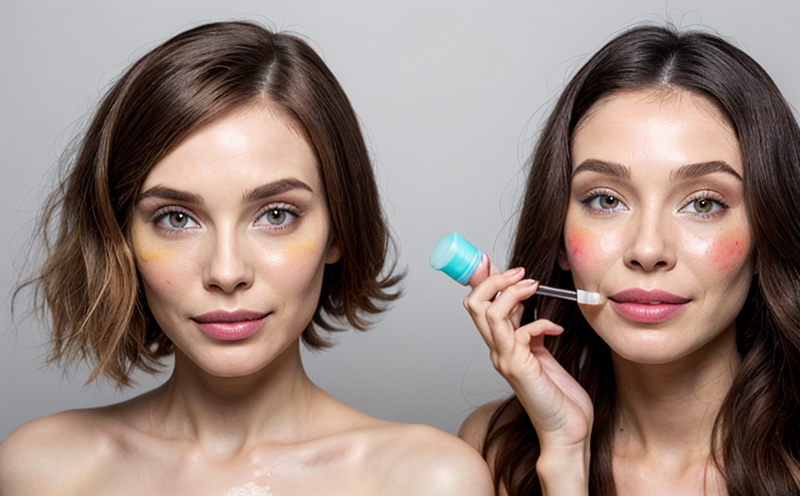Microbiological Quality Testing in Organic Cosmetics
The increasing demand for natural and organic cosmetics has raised significant concerns regarding their microbiological quality. Ensuring that these products meet stringent safety standards is critical, not only to protect consumer health but also to maintain the integrity of the organic certification.
Microbiological quality testing in organic cosmetics primarily involves the detection and quantification of microorganisms such as bacteria, molds, and yeasts present in the formulation. This service ensures that products do not contain harmful pathogens or spoilage organisms, which could compromise their shelf life and safety.
The process begins with the collection of samples from various stages of production to final packaging. Samples are then processed using appropriate media and incubation conditions to promote the growth of microorganisms. Identification methods such as biochemical tests, PCR-based techniques, and mass spectrometry may be employed for accurate classification.
Organic cosmetics present unique challenges due to their formulation typically involving natural ingredients that can support microbial growth. Therefore, specialized sampling and preservation methods are essential to prevent contamination or changes in the sample composition during transportation and storage.
The results of microbiological quality testing play a crucial role in ensuring compliance with international standards like ISO 17259, which provides guidelines for microbiological examination of personal care products. Compliance is not only a regulatory requirement but also a consumer trust issue.
For R&D engineers, this service offers insights into formulation stability and potential microbial interactions. Quality managers can use the results to refine production processes and improve product safety. For compliance officers, it ensures that products meet strict organic certification requirements, thereby protecting brand reputation.
Scope and Methodology
The scope of microbiological quality testing in organic cosmetics encompasses both qualitative and quantitative assessments. Qualitative tests aim to identify the presence or absence of specific microorganisms, while quantitative methods measure their numbers.
- Qualitative Tests: These include identification of bacteria like Listeria monocytogenes, Pseudomonas aeruginosa, and molds such as Aspergillus niger. Identification is often done using biochemical tests or DNA-based techniques.
- Quantitative Tests: These involve enumerating viable counts of microorganisms through methods like plate counting on selective media. For yeasts, the ATCC 20541 agar method might be used.
The methodology follows a structured approach starting with sample collection, which is done according to ISO 8692-3 for personal care products. Samples are then transported under controlled conditions to prevent contamination and degradation.
Once received in the laboratory, samples undergo preliminary examination followed by selective enrichment using appropriate media suitable for organic formulations. This step ensures that even low numbers of microorganisms can be detected.
Identification is achieved through various means including culture-based methods, PCR, and MALDI-TOF MS (Matrix-Assisted Laser Desorption/Ionization-Time of Flight Mass Spectrometry). These advanced techniques provide rapid and accurate results necessary for effective quality control.
Benefits
- Enhanced Consumer Safety: By ensuring that organic cosmetics contain no harmful microorganisms, this service protects consumers from potential health risks associated with contaminated products.
- Compliance Assurance: Compliance with international standards like ISO 17259 ensures that the product meets regulatory requirements and maintains its certification status.
- Quality Improvement: Identifying areas where microbial contamination might occur allows manufacturers to implement corrective actions, thereby improving overall product quality.
- Innovation Support: Understanding how different ingredients interact with microorganisms can guide R&D efforts towards developing safer and more effective formulations.
Use Cases and Application Examples
| Case Study | Description |
|---|---|
| Sample Collection from Manufacturing Line | Testing conducted to monitor the hygiene standards at different stages of production, ensuring that contamination does not occur during processing. |
| Final Product Testing Before Release | Ensuring that all organic cosmetics meet stringent microbiological quality before being released into the market. This step is crucial for maintaining brand reputation and consumer trust. |
| R&D Formulation Validation | Testing new formulations to ensure they do not support microbial growth under specified conditions, thus preventing spoilage issues. |





